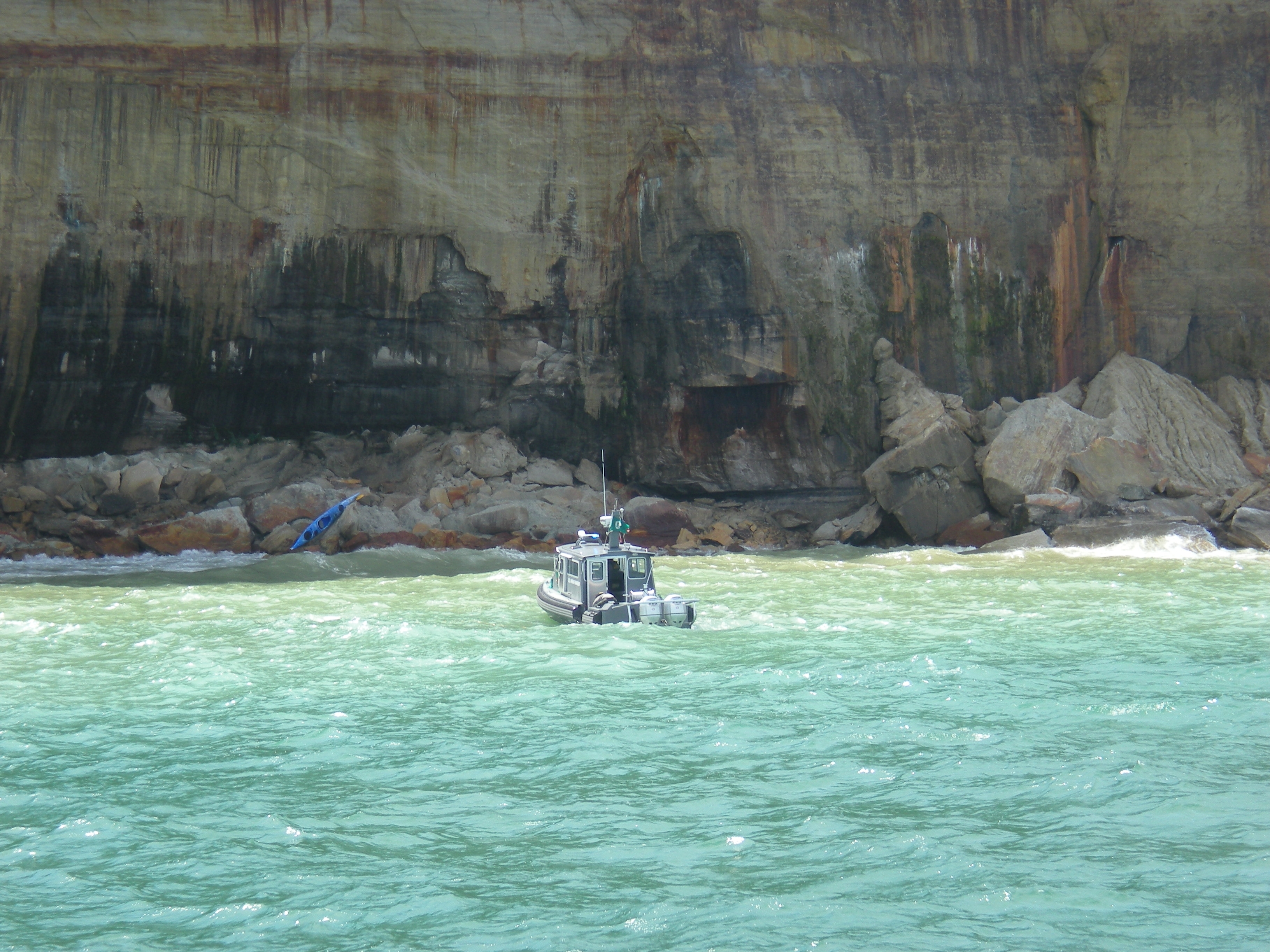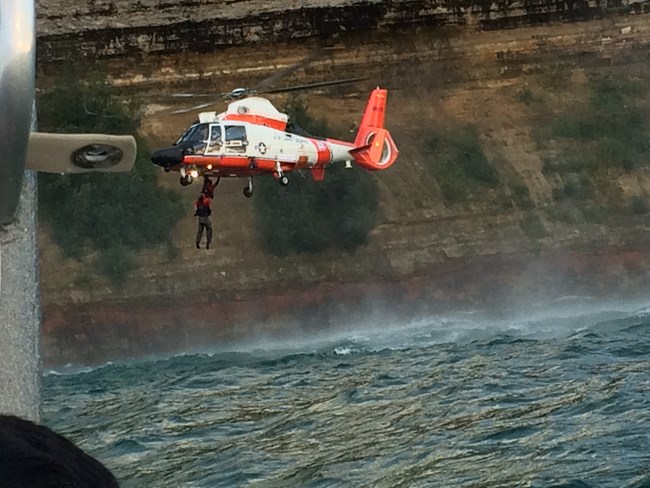
NPS photo Kayaking in the Great Lakes can be a fantastic experience, but it can also be dangerous. Whether you're kayaking at Pictured Rocks or anywhere, conditions can change rapidly. If you have an emergency here on Lake Superior, rescue could be hours away. At Pictured Rocks National Lakeshore, we have responded to many rescues where kayakers were ill-equipped or ill-informed. Occasionally, kayakers will be properly prepared, and Lake Superior will still overwhelm them. We implore anyone interested in kayaking Lake Superior to seriously consider the risks and to properly prepare before getting in the water. Even experienced kayakers have been overpowered by the lake. Before you set out to kayak Lake Superior, ask yourself these questions:
(Inexperienced kayakers and those without their own kayaks can take a guided tour of the Pictured Rocks cliffs with authorized private companies. A list of authorized kayak and other commercial tour companies is on our Guided Tours page.) |
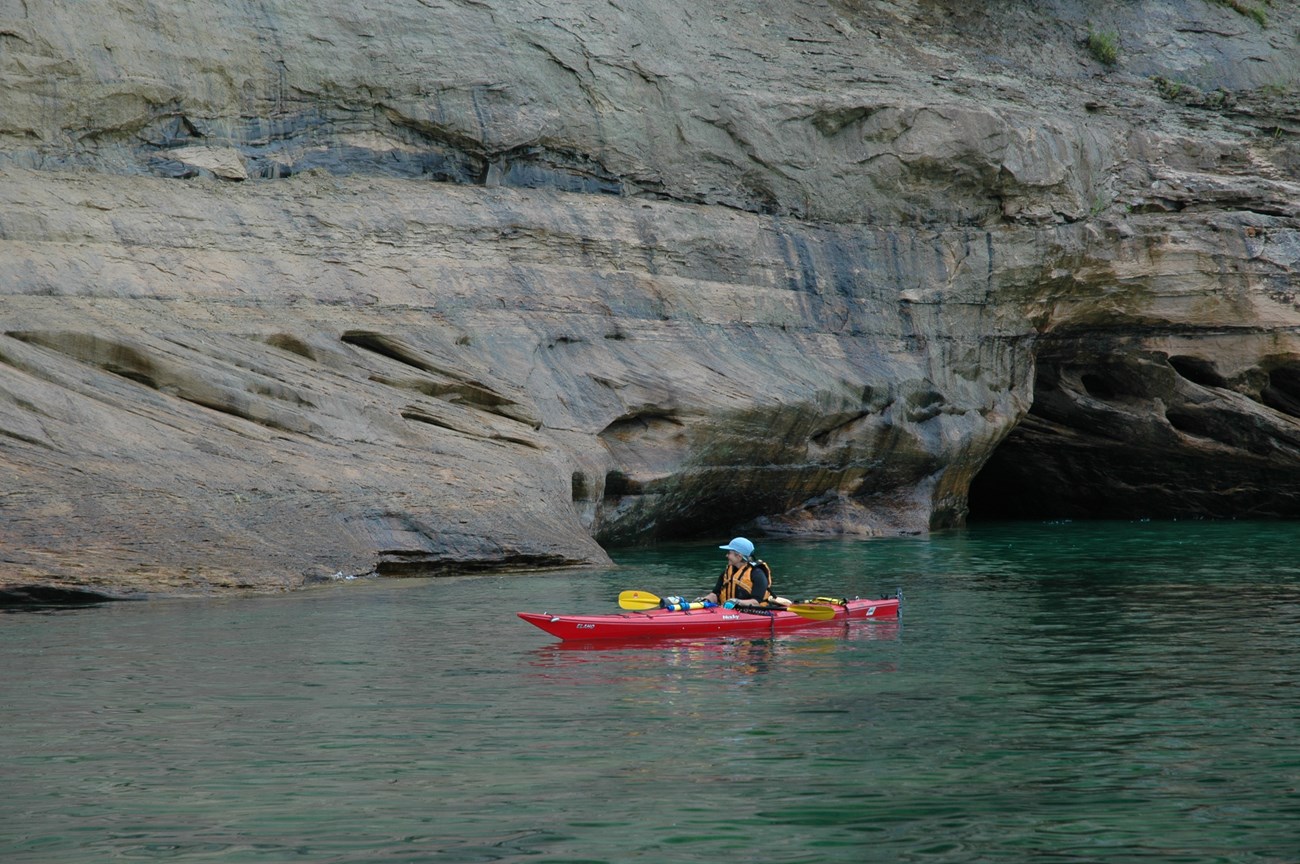
NPS photo Paddling at Pictured Rocks National LakeshoreBefore you get to the park, make sure you have the right equipment and the right skills: 1. What kind of boat do you plan on using? 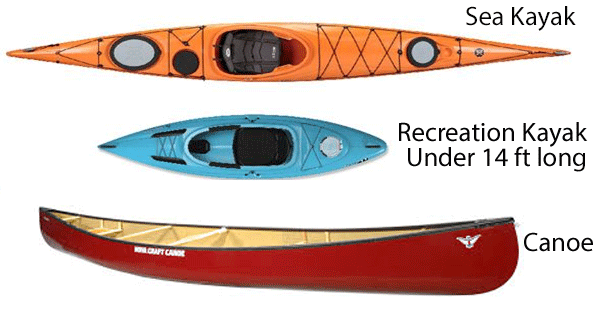
2. Do you have the right safety equipment to go out paddling?
3. Can you save yourself?

If you're going out for the morning, pay attention to the afternoon forecast as well. Weather changes quickly and unexpectedly. Location, location, location - just because it's calm in the bay, does not mean it is calm along the more distant shores. Listen to the weather forecast and pay attention to wind direction. Visit the weather buoy site to see real time data and video. The Pictured Rocks extend for 15 miles and include sheer walls all the way to the water line. These exposed cliffs offer no way off the water if wind and waves increase. Cold water kills! Drowning is the #1 cause of death in national parks. Be aware of boat tours that leave Munising on a regular basis during the summer months. They run fairly close to the shoreline with a turnaround point at Chapel Beach or Spray Falls. Give them plenty of room and allow for their wake. Besides your PFD, wet suit, spray skirt, whistle/emergency signal device, bilge pump, and weather radio, consider bringing: lighting device, self-contained stove, extra paddle, compass, maps, first aid kit, insect repellent, tow line, rain gear, waterproof matches, and dry storage containers.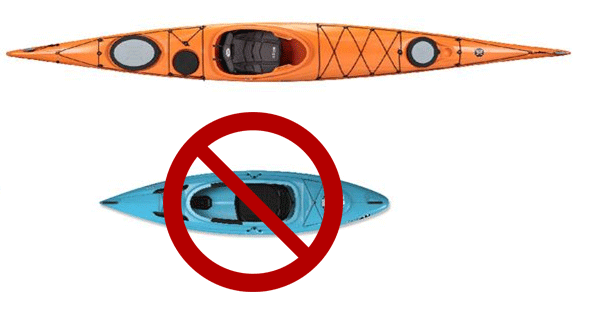
Kayaking With Your Pet
For more information ...
|
Last updated: February 15, 2024

